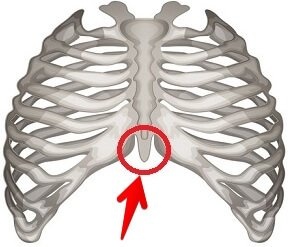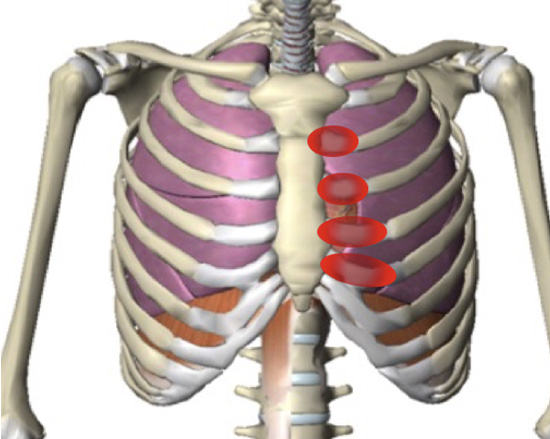

muscle wasting in the fleshy part of the thumb.pain in the collarbone, shoulder, neck, or hand.Symptoms of thoracic outlet syndrome vary depending on which nerves or blood vessels are affected by the displaced collarbone.

congenital defect, such as being born with an extra rib.obesity, which puts pressure on all your joints.repetitive stress, such as lifting something heavy many times or competitive swimming.Collarbone pain can result, even though the bone itself is not injured.Ĭauses of thoracic outlet syndrome include: Weak shoulder muscles can allow the clavicle to slide down, placing pressure on the nerves and blood vessels in the thoracic outlet. The space is filled with blood vessels, nerves, and muscles. Your thoracic outlet is a space between your clavicle and your highest rib. Your doctor may recommend surgery to repair the joint in rare cases. You may want to avoid activities that trigger pain and stiffness. Injections of corticosteroids may also help ease inflammation and pain over a longer period of time. Nonsteroidal anti-inflammatory drugs (NSAIDs), such as ibuprofen (Advil) or naproxen (Aleve), can help reduce pain and inflammation associated with osteoarthritis. Symptoms tend to develop slowly and get progressively worse over time.

Symptoms of osteoarthritis include pain and stiffness in the affected joint. Arthritis can result from an old injury or just from everyday use over a period of many years. Wear and tear on the acromioclavicular joint or the sternoclavicular joint can cause osteoarthritis in one or both of the joints. There are other causes of collarbone pain unrelated to fractures. You may need pins or screws to make sure the broken parts of the bone heal together in the right way. You may also wear a shoulder brace that pulls both shoulders back slightly to help make sure the bone heals in its proper position.įor a severe break, surgery may be necessary to reset the clavicle. An X-ray of the clavicle can show the exact location and extent of the break, as well as whether the joints were involved.įor a minor break, treatment consists mainly of keeping the arm immobilized for several weeks. To diagnose a collarbone fracture, your doctor will carefully examine the injury for bruising, swelling, and other signs of a break. Newborns with a broken collarbone may not move the injured arm for a few days after birth. Other common signs of a broken collarbone include: You may also hear or feel a grinding noise or sensation with any shoulder movement. Usually the pain worsens as you move your shoulder. The most obvious symptom of a collarbone fracture is sudden, intense pain at the site of the break. While moving down the birth canal, a newborn can break a collarbone and have other injuries. An automobile or motorcycle crash can damage the shoulder, sternum, or both. A direct hit to the shoulder in football or other contact sport can cause a collarbone fracture. Other common causes of a broken collarbone include:
:max_bytes(150000):strip_icc()/right-sided-chest-pain-symptoms-and-possible-causes-4116859-5c77334ec9e77c00012f815f.png)
If you fall hard on one shoulder or you fall with great force on your outstretched arm, you run the risk of a collarbone fracture. It’s one of the most commonly broken bones in the human body. Because of its position in the body, the collarbone is susceptible to breaking if there’s a serious force against the shoulder.


 0 kommentar(er)
0 kommentar(er)
